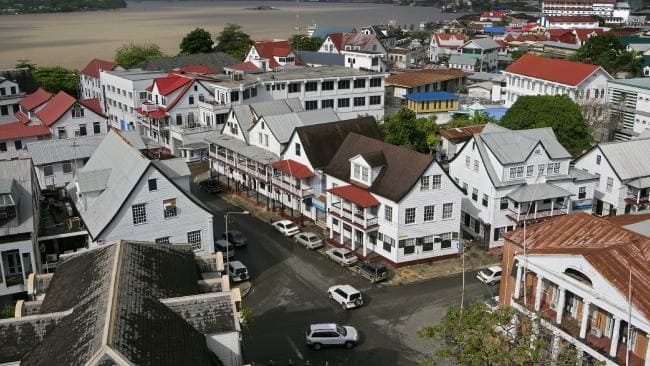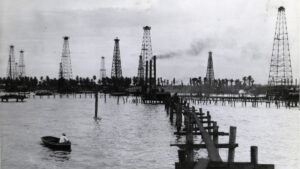
(Energy Analytics Institute, 24.Aug.2020) — Neighboring Guyana and Suriname in South America have been well off investor’s radars until recently.
The countries are now regular headlines due to offshore crude oil discoveries, which hold much prospect to change fortunes for both governments and citizens alike if managed properly and by joining forces.
“Guyana and Suriname have a similar history of both being colonies of England and the Netherlands, respectively, getting independence in the 70s, experiencing political turbulence, and now both getting a chance to enter into the line of developed and prosperous nations,” Viren Ajodhia, energy advisor to the Progressive Reform Party (VHP) told Energy Analytics Institute (EAI) from Paramaribo.
Both countries are home to natural resources other that hydrocarbons. Guyana and Suriname are home to bauxite, gold, diamonds, hardwood timber as well as shrimp and fish, according to the World Factbook which is published by the US’ Central Intelligence Agency (CIA).
RELATED STORY: Guyana Elects Mohamed Irfaan Ali President
Likewise, both countries have elected new presidents with the new officials Mohamed Irfaan Ali, leader of the People’s Progressive Party/Civic (PPP/C) party in Guyana and Chan Santokhi, leader of the VHP party in Suriname, both being sworn in August and July, respectively.
The new oil and gas related attention comes after the drilling of 16 successful wells by a Exxon-led consortium including Hess and CNOOC offshore Guyana in the Stabroek Block which have turned up more than 8 billion barrels of equivalent oil resources to date and in Suriname after three successful wells by Apache and Total in Block 58 have liked turned up a minimum 1 billion barrels, although both figures are likely to rise amid continued exploration efforts offshore.
Much of the success in both countries relates to the fact Guyana and Suriname share the same offshore maritime basin which is said to contain estimated resource potential of 13.6 billion barrels (P50), according to details published by the US Geological Survey in 2012. The study also ranked the Guyana-Suriname basin second for prospectivity among the world’s unexplored basins.
RELATED STORY: Suriname Awaits Drilling Of Third Apache Well Offshore
“Good governance and a stand against corruption are the key things to make sure we follow the route of say Norway and Abu Dhabi rather than Venezuela and Equatorial Guinea,” said Ajodhia. “Given the common history and current economic conditions, it makes perfect sense for both countries to join forces, increase trade and cooperation. Both [countries] can only gain from this,” he concluded.
__________
By Piero Stewart. © Energy Analytics Institute (EAI). All Rights Reserved.

